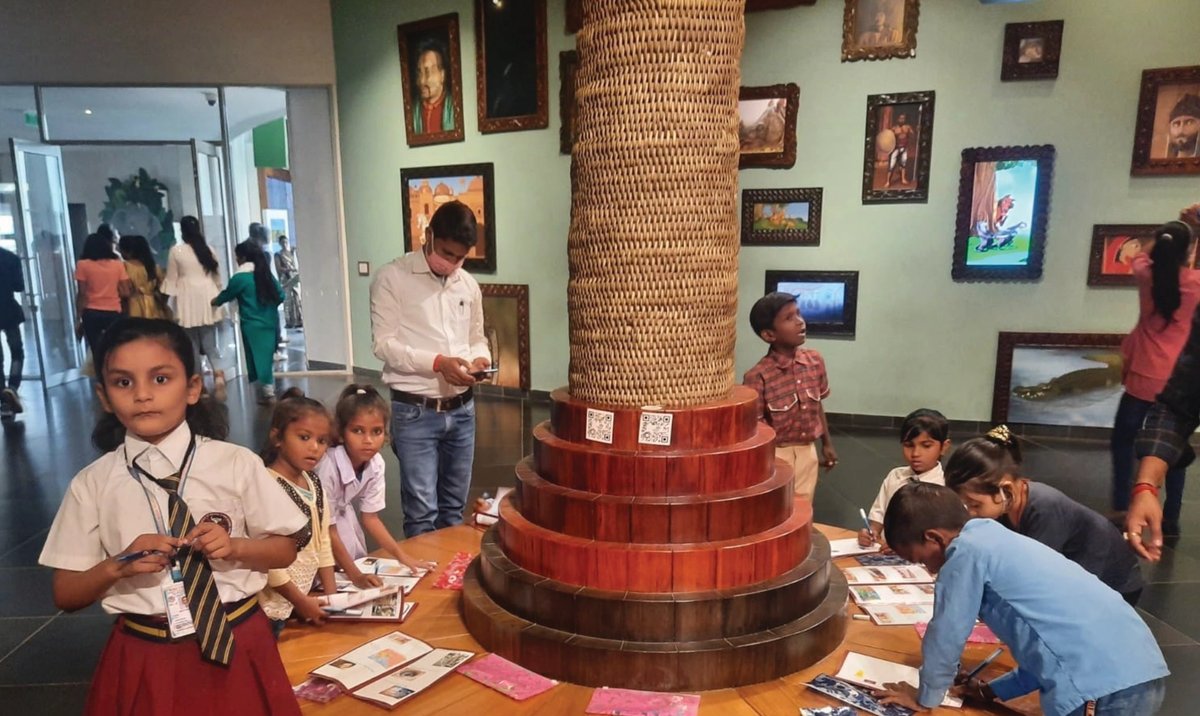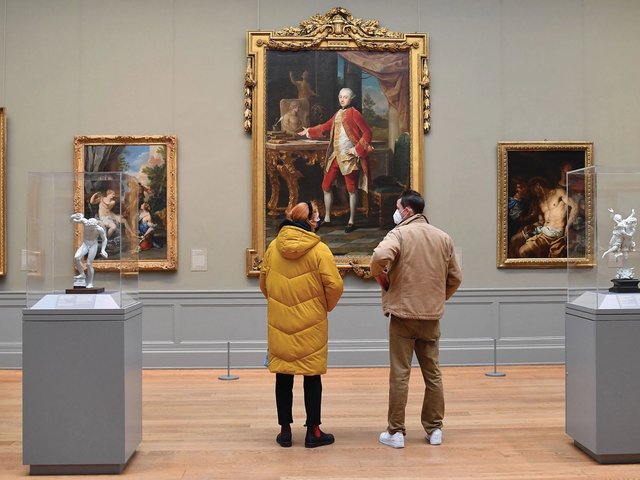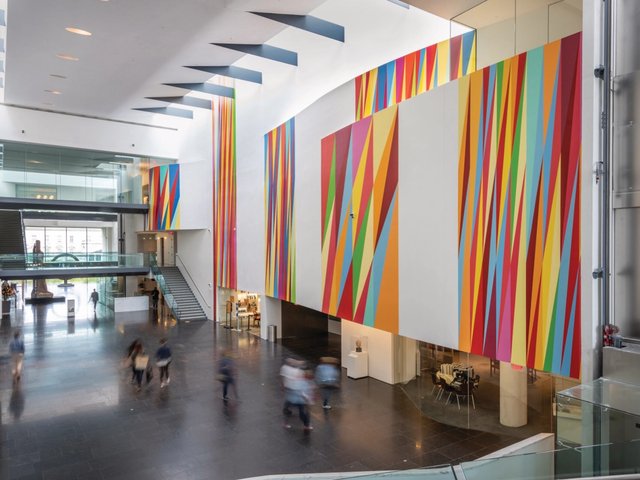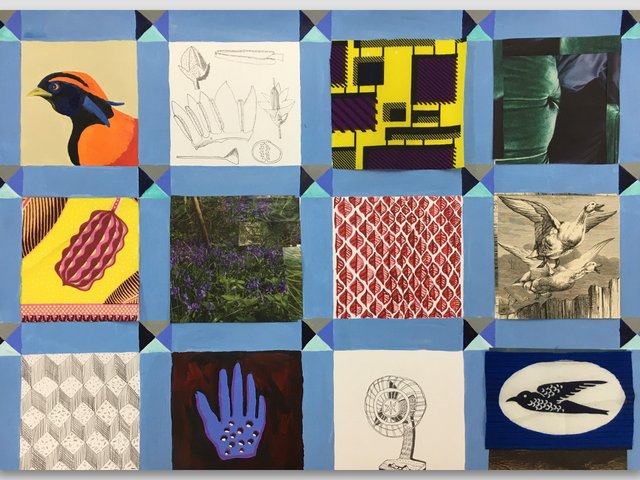India’s vast young population can be seen as either as a hindrance or an asset. Choosing to view the glass as half full is the government-owned Bihar Museum in Patna—at India’s last census, Bihar was the nation’s youngest state with 58% of its more than 104 million citizens under 25 years old. The museum hopes, through a unique scheme, to harness this perceived demographic disadvantage to create a generation of future art lovers.
Since 2019 Bihar’s Ministry of Education has pledged to provide 20,000 rupee ($260) to every primary school in the state for museum visits, with the money going towards transport, entry tickets and lunches. While the sum might not seem great, multiplied by the state’s 67,000 eligible schools, it amounts to more than $17.4m, a considerable sum in a country where most public museums have virtually no engagement programmes.
At the museum, children can explore dedicated sections for young visitors, including works that can be touched, labels at child-friendly heights and workstations in which they can mint their own coins and simulate parts of an archaeological excavation.
So far the scheme has only been rolled out in the nearest districts to Patna, the state’s capital, and Covid-19 has limited its reach. But from April 2019 to March 2020, the only full year in which the scheme was untouched by the pandemic, 33,000 students from 1,000 schools visited the museum as part of the scheme. Children now consistently make up around 25% of the museum’s footfall, which was calculated at 19,228 for February 2022.
“I want the children to go back to their communities and rave about their time at the museum,” says the institution’s director Anjani Kumar Singh. “Through word of mouth, I think we can transform not just this generation into museum-goers, but the whole state, too.” Singh, a former chief secretary of state with close ties to Bihar’s government, took up the position at the museum in 2018, a year after it fully opened to the public.
“Many of these children live in rural areas with parents who can’t read or write [Bihar’s literacy rate is one of the lowest in India] and the concept of museums and art are totally alien,” Singh says. “But despite Bihar being one of the country’s poorest states, I am proud that we have pioneered a scheme that is totally unprecedented in terms of scale in India—no other museum comes close to this level of youth engagement.” He adds that the Chhatrapati Shivaji Maharaj Vastu Sangrahalaya (CSMVS) museum in Mumbai is also now rolling out a similar scheme.
Singh says his next plan is to fill a vehicle with photographs, films and replicas from the collection to create a travelling museum to tour the state.






